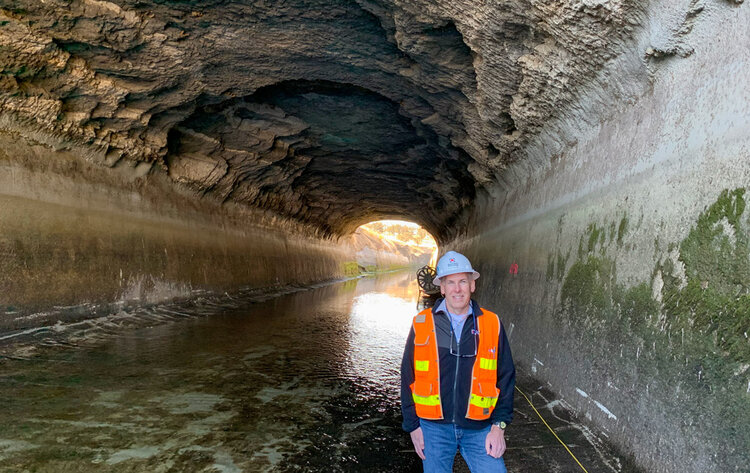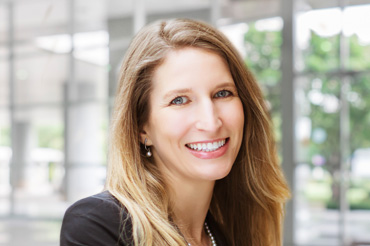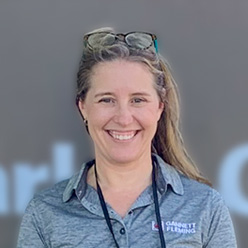Drew Kennedy, PG, CEG
VICE PRESIDENT, CHIEF ENGINEERING GEOLOGIST
LOCATION: ROSEVILLE, CALIF.
Drew Kennedy, PG, CEG
VICE PRESIDENT, CHIEF ENGINEERING GEOLOGIST
LOCATION: ROSEVILLE, CALIF.
“It has been an honor to be part of an unprecedented dam safety review … that incorporated the RIDM process for the first time.”
Gannett Fleming’s chief engineering geologist, Drew Kennedy, delights in reminiscing about his first job after earning his undergraduate degree in earth sciences. As a new geologist, he envisioned spending his first day shadowing the lead geologist, who was performing fault trenching and geologic mapping for a proposed dam site in the East Bay hills of San Francisco. Instead, Drew fondly remembers spending his first day learning how to drive a manual transmission in the busy streets of downtown San Francisco! Fast forward three decades, and the California native remains passionate about the active dynamics of geology, and he drives a stick shift with ease.
We asked Drew a few questions to get to know him:
What led you to become an engineering geologist focused on your field of practice?
While attending the University of California Santa Cruz, I worked as an undergrad research assistant for an earth sciences professor who was studying how seawalls influence coastal erosion. I became intrigued by geology’s dynamic aspects, such as slope instability, rockfall, coastal erosion, and earthquakes, and how they impact engineered structures. Then the 1989 Loma Prieta Earthquake occurred in the Santa Cruz Mountains, which shaped the course of my career.
There are misconceptions about what an engineering geologist does. Can you explain the role?
The geologic complexities and characteristics of a project site impact the design, construction, and long-term performance of critical infrastructure. The absence of this crucial information could have significant, negative implications for hydroelectric and water storage and conveyance facilities, such as dams, which is my focus.
You have been part of a three-person independent review board for Oroville Dam, the tallest dam in the nation, following the 2017 Oroville spillway incident. Tell us about that experience.
It has been an honor to be part of an unprecedented dam safety review on behalf of the California Department of Water Resources, where in accordance with a congressional mandate, the Federal Energy Regulatory Commission’s (FERC) Part 12D Independent Consultant Safety Inspection incorporated the Risk Informed Decision Making (RIDM) process for the first time. Specifically, a Level 2 Risk Analysis (L2RA) was performed by an independent facilitation team to support and inform the Part 12D Safety Inspection. The L2RA builds on the traditional FERC Potential Failure Mode Analysis (PFMA) process by estimating failure likelihoods and consequences. The risk portrayal of potential failure modes allows the independent review board and the owner to identify and focus on the primary risk drivers for the facility.
My experience will benefit our clients, who have been incredibly supportive of me and my commitment to the process, when it is time to incorporate RIDM in their next FERC Part 12D Safety Inspection.
You have worked at Gannett Fleming for more than two years. How has the experience been?
It has been a great experience, particularly because of the people, company culture, and focus on clients. It is an absolute pleasure to be part of the dams & hydraulics team. The level of knowledge and experience is fantastic, and I am continually learning, which I enjoy.
What is the best professional advice you’ve received?
A consultant engineering geologist, Gerald Weber, Ph.D., who taught field and engineering geology classes for more than 20 years at the University of California Santa Cruz, became one of my mentors. His advice was a bit tongue-in-cheek. He said to succeed as an engineering geologist, you have to be like a great white shark and “constantly swim forward” to improve your knowledge and skills.
Considering the rapidly evolving technologies for data collection and analysis and the movement of the dam safety practice to RIDM, I’d say it was sound advice.
What is your favorite way to unwind?
Several years ago, I purchased a home that came with two small koi ponds. Taking care of the fish is relaxing. I’m drawn to water, so I also enjoy surfing and body surfing along the California coast, and stand-up paddleboarding on the lakes in the Sierra Nevada.

JOIN OUR JOURNEY
Ready to tackle some of the biggest challenges facing our communities? Join the team that’s leading the charge.

















